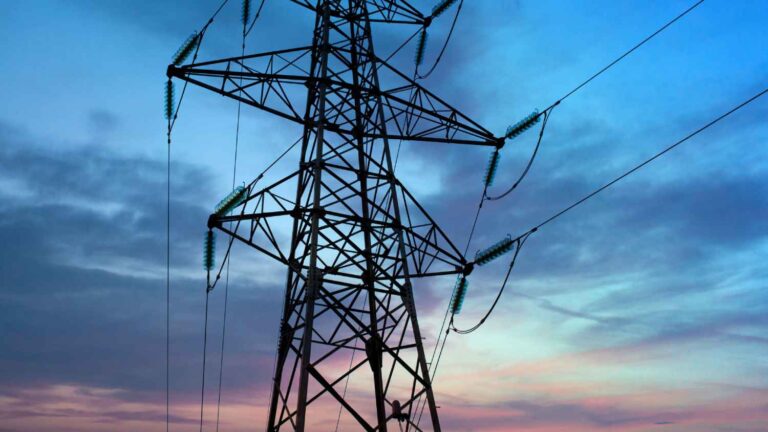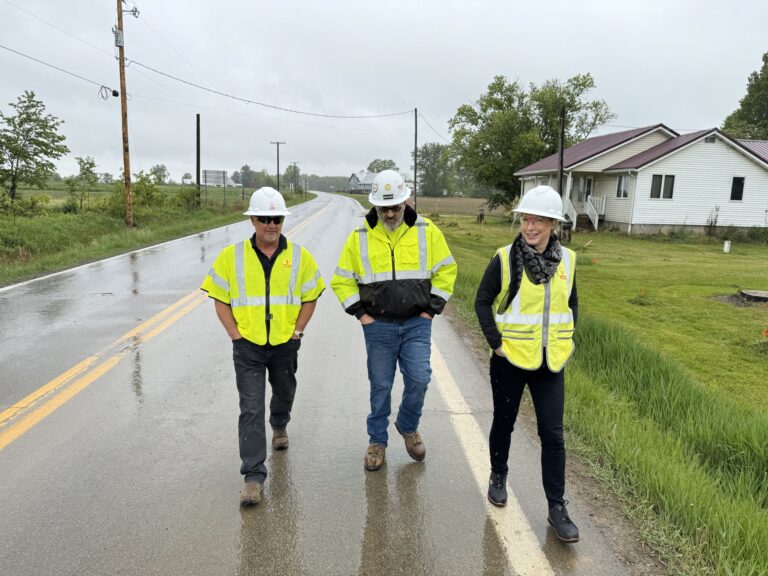Utility construction, particularly for transmission and distribution (T&D) projects, is the backbone of reliable power delivery across the U.S. However, poor QA/QC in utility construction can lead to hidden costs that undermine project success, inflate budgets, and jeopardize safety. These costs—ranging from rework and delays to regulatory fines and long-term reliability issues—can add millions to a project’s bottom line. According to a study, rework alone can account for 7.25% to 10.89% of total construction costs, with delays adding another 9.8% to project timelines. For utilities, where infrastructure failures can cause widespread outages, the stakes are even higher.
In this blog, we’ll explore the financial impact of quality lapses in T&D projects, uncover the hidden costs of poor QA/QC, and outline how strong inspection processes can save millions by preventing defects, ensuring compliance, and enhancing efficiency.
The High Price of Quality Lapses
The financial impact of poor QA/QC in utility construction is staggering, affecting both immediate project costs and long-term operations. Rework, the most direct cost, occurs when errors or defects—such as faulty installations or substandard materials—require redoing work. The Navigant Construction Forum study, cited by Fieldwire by Hilti, estimates that rework can cost between 7.25% and 10.89% of total project costs, including both direct expenses (labor, materials) and indirect costs (management overheads, lost productivity). For a $100 million T&D project, this translates to $7.25 million to $10.89 million in additional expenses.
Delays compound the problem, adding approximately 9.8% to project timelines. These delays extend labor hours, equipment rentals, and can lead to lost revenue if a project misses critical operational deadlines, such as peak demand seasons. The financial impact on T&D projects is particularly severe because of their scale and complexity. A single failure, like a poorly constructed substation, can cause outages affecting thousands of customers, resulting in lost revenue, customer compensation, and emergency response costs.
Regulatory fines for non-compliance with safety and quality standards further escalate expenses. The Federal Energy Regulatory Commission (FERC) and state regulators enforce strict guidelines, such as the National Electrical Safety Code (NESC), and violations can lead to penalties in the millions. For example, failing to meet NESC standards for pole installation could result in fines. Additionally, safety risks from poor QA/QC—such as exposed live wires or structurally weak poles—can lead to accidents, triggering legal liabilities, workers’ compensation claims, and reputational damage.
Long-term reliability issues also add to the financial impact on T&D projects. Substandard construction can necessitate frequent maintenance or early replacements, driving up lifecycle costs. A poorly installed transmission line might require repairs within years instead of decades, adding millions to operational budgets over time.
Hidden Costs of Poor QA/QC: Beyond the Obvious
The hidden costs of poor QA/QC extend beyond rework and delays, often catching utilities off guard. One major cost is the ripple effect of outages caused by quality failures. A defective component in a T&D system can lead to cascading failures, disrupting power for entire communities. The resulting downtime can cost utilities millions in lost revenue, customer reimbursements, and emergency repairs, not to mention the reputational damage that erodes public trust.
Another hidden cost is the increased maintenance burden from substandard construction. Infrastructure that doesn’t meet utility construction quality standards—such as poles that fail to withstand high winds or transformers with improper insulation—requires more frequent repairs, draining operational budgets. Over time, these costs can far exceed the initial savings of cutting corners on QA/QC.
Legal and safety-related expenses also loom large. A single accident caused by poor QA/QC, such as a worker injury from a faulty installation, can lead to lawsuits, fines, and increased insurance premiums. These costs, while less visible in initial budgets, can have a lasting financial impact, making quality a non-negotiable priority for utilities.
Inspection Processes in Utility Construction: A Path to Savings
Strong inspection processes in utility construction offer a proactive solution to these challenges, saving millions by addressing issues before they escalate. Here’s how:
- Early Defect Detection: Regular inspections during construction can catch defects early, such as improper welds or substandard materials, preventing costly rework. For example, identifying a faulty pole foundation before installation can save utilities from replacing an entire section of power lines later.
- Regulatory Compliance: Adhering to utility construction quality standards through rigorous inspections ensures compliance with FERC, NESC, and IEEE guidelines, reducing the risk of fines and legal issues.
- Project Efficiency: By minimizing rework, inspections keep projects on schedule, avoiding delays that inflate labor and equipment costs.
- Safety Improvements: Inspections identify hazards, such as exposed wires or unstable structures, preventing accidents that could lead to legal and financial repercussions.
- Long-Term Reliability: High-quality construction, verified through inspections, ensures infrastructure performs reliably over its lifespan, reducing maintenance costs and improving customer satisfaction.
By investing in inspection processes in utility construction, utilities can achieve significant savings. This approach is key to saving millions with utility inspections, ensuring projects are completed on time, within budget, and to the highest standards.
Best Practices for QA/QC in T&D Projects
To maximize the benefits of QA/QC, utilities should adopt best practices for QA/QC in T&D projects, tailored to the unique demands of utility construction:
- Develop Comprehensive Inspection Plans: Create detailed plans that cover all project phases, from material procurement to final commissioning. Use specific checklists to ensure consistency.
- Leverage Technology: Use drones for aerial inspections, thermal imaging to detect overheating components, and software to manage QA/QC data. These tools improve accuracy and efficiency, reducing errors.
- Train and Certify Personnel: Ensure inspectors and project teams are trained and certified in industry standards, such as those from the National Fire Protection Association (NFPA). Regular training keeps teams updated on best practices.
- Engage Third-Party Verification: Independent inspectors provide objective assessments, adding credibility and ensuring compliance, especially for high-stakes T&D projects.
- Focus on Continuous Improvement: Review QA/QC processes regularly, incorporating lessons learned to address emerging challenges, such as climate impacts on infrastructure.
The Role of Policy and Regulation
Regulatory frameworks play a critical role in driving QA/QC standards. FERC and state regulators enforce guidelines like NESC and IEEE standards, with non-compliance leading to hefty fines. The Infrastructure Investment and Jobs Act (IIJA) of 2021 emphasizes quality in grid modernization projects, offering funding for utilities that prioritize high standards. Aligning QA/QC practices with these regulations not only avoids penalties but also positions utilities to secure federal support.
A Path to Cost-Effective Quality
The hidden costs of poor QA/QC in utility construction—rework, delays, fines, and safety risks—can add millions to project budgets and undermine long-term reliability. By prioritizing strong inspection processes and adopting best practices, utilities can mitigate these costs, ensuring projects are completed on time, within budget, and to the highest standards. A $100 million T&D project that avoids just 7% in rework costs saves $7 million, a figure that grows when factoring in reduced fines, delays, and maintenance expenses.
Imagine a utility completing a transmission line project on schedule, with no rework, no fines, and infrastructure that lasts decades without major repairs. This isn’t a pipe dream—it’s the result of rigorous QA/QC. As the demand for reliable power grows, utilities that invest in quality will protect their bottom line and their communities. For expert guidance on implementing these strategies, Think Power Solutions offers the resources and expertise to help utilities achieve cost-effective, high-quality outcomes.



